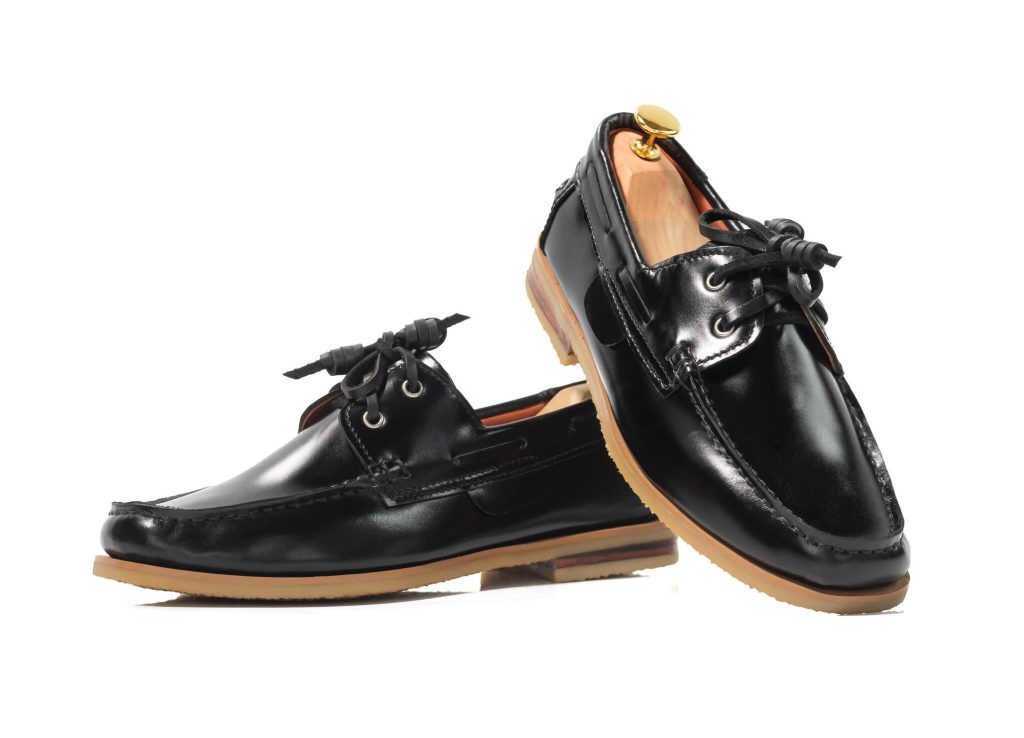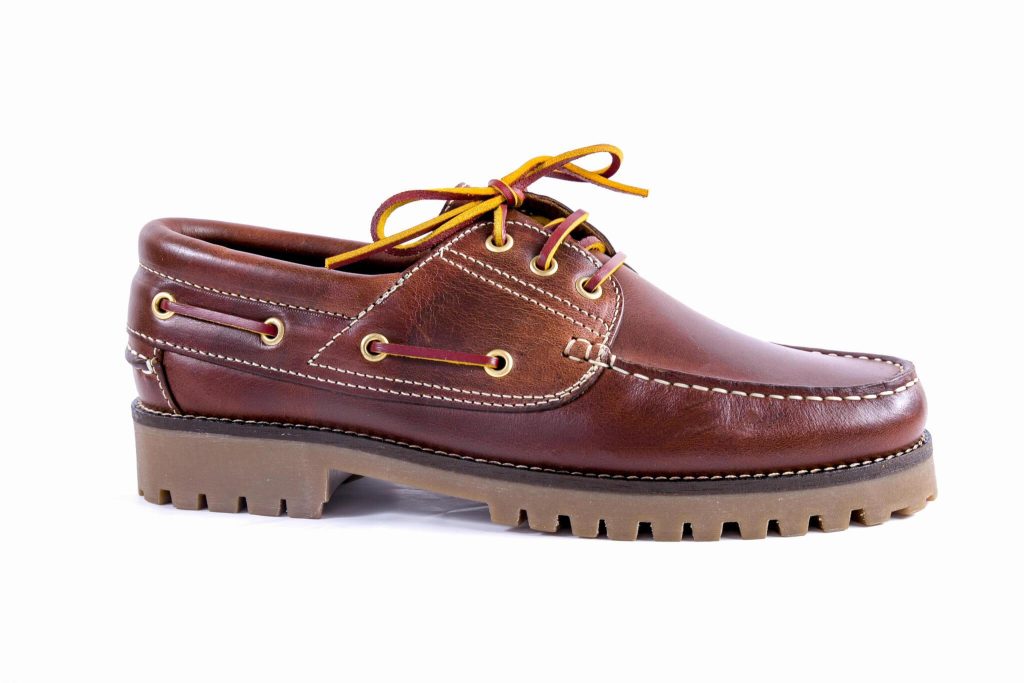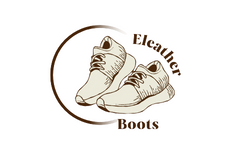Leather crafters combine leather to make stunning and practical items, inspired by tradition. A key skill is leather lacing, which enhances both looks and durability by joining pieces. This guide explores leather lacing, covering tools, techniques, designs, edge finishing tips, and waterproofing methods for boots.
What is Leather Lacing?
In leather lacing, you use leather strips to tie, stitch, or decorate other leather pieces. You employ a sturdy leather string to assemble or enhance the appearance of leather items. This method has applications in diverse leather projects, including crafting garments, accessories like belts or bags, and creating decorative items such as keychains or ornaments.
Types of Leather Lacing
There are several types of lacing techniques, each with its own unique look and purpose. Some common types include:
Basic Stitching for leather lacing
Basic stitching is a straightforward way to join two pieces of leather lace together. You use a needle and thread to sew them up. This method is handy for keeping seams tight and adding things like buckles or snaps to your leather items.
Cross Stitch
Cross stitch is when you lace the thread in a way that it goes over itself, making a pattern that looks like criss cross lines. People use this method to make their leather items look fancy and add some texture to them. It’s like creating a cool design with your sewing!
Whip Stitch
Whip stitch is a bit like basic stitching, but it has a fancy touch to it. Instead of just sewing straight, you wrap the thread around the edge of the leather as you sew. This makes the stitching look tidy and adds a nice finishing touch to your leather project. It’s like adding a stylish border while you sew.
Braiding
Braiding is when you weave together multiple pieces of leather to make cool patterns and designs. It adds a fancy touch to leather items and makes them look really stylish. It’s like making a beautiful woven pattern with leather strands!

Leather Lacing Tools
Before diving into the craft, it’s essential to equip oneself with the right leather lacing tools. Here are some indispensable tools for leather lacing:
Lacing needles
Lacing needles are special tools designed for sewing leather pieces together with laces. They come in different sizes and shapes to suit different types of lacing styles and the thickness of the thread being used.
Awl for leather lacing
An awl is a tool used to make small holes in leather, which are then used for threading laces through. It’s really important for making precise and controlled holes, especially when working on detailed designs.
Lacing chisels
Lacing chisels are tools that make evenly spaced holes along the edges of leather. This helps to ensure that the lacing is done evenly and neatly, resulting in a polished and professional-looking finish.
Cutting tools
Cutting tools are necessary for trimming leather strips with accuracy, guaranteeing clean edges suitable for lacing. Sharp scissors or rotary cutters are commonly used for this purpose. Scissors provide a precise and controlled cut, especially for smaller pieces.On the other hand, rotary cutters are excellent for cutting long strips of leather swiftly and smoothly.
Edge beveler
An edge beveler is a tool used in leather crafting to achieve smooth and rounded edges on leather pieces.When leather is cut, especially with scissors or knives, the edges can often be rough and uneven. This is where the edge beveler comes into play. It features a blade or a set of blades that are specifically designed to trim and shape the edges of the leather.
Leather Lacing Patter
Leather lacing patterns provide a wide range of options for expressing creativity and adding visual interest to leatherwork. Let’s take a closer look at some popular patterns that you can explore:
Braids
Braided leather lacing means weaving together several strips of leather to make fancy designs. These braids can be simple, like when you braid hair with three strands, or more complicated, with many strands and different weaving methods. Braids make leather items look more interesting by adding texture and depth to them.
Celtic knots
Celtic knots are fancy patterns that have been around for a long time. They have lots of loops and twists, showing forever and connections. When you use Celtic knots in leather lacing, it makes your projects look classy and meaningful, adding a bit of old-fashioned charm and cultural importance.
Geometric shapes
Geometric shapes are simple patterns like squares, triangles, and diamonds. They give a modern and neat look to leather projects. You can make these patterns easily with basic lacing methods. They work well for lots of things, like belts, bags, jewelry, and decorations for your home.
Animal motifs
Animal motifs are designs that look like animals. You can use these designs to bring the beauty of nature into your leather projects. Whether it’s a simple outline or a detailed drawing, animal-themed patterns give your creations character and personality. Some popular animal motifs include birds, wolves, horses, and eagles. Each animal has its own special meaning and looks nice when used in leather projects.
Floral designs
Floral designs are patterns that look like flowers. They make things feel pretty, feminine, and inspired by nature. You can have simple outlines of flowers or detailed drawings with shading. These flower designs can be put on leather items like accessories, clothes, or decorations, making them look romantic and charming.

Tips for Perfect Leather Lacing
Mastering the art of lacing takes practice and patience. Here are some tips to help you get started:
Choose the Right Tools for leather lacing
Having the proper tools is crucial for successful leather lacing. Invest in high-quality leather needles, threads, and lacing materials to ensure durability and a professional finish. Leather needles should be strong enough to penetrate the leather without breaking, while threads should be sturdy and suitable for the project at hand. Additionally, selecting the right lacing materials, such as leather cords or strips, will contribute to the overall quality of your lacing work.
Measure Twice, Lace Once
Before you start lacing, it’s essential to take accurate measurements and plan your lacing pattern. This step ensures that your lacing will fit perfectly and look polished once completed. Measure the length and width of the area you’ll be lacing, and mark any specific points where the lacing will begin or end. Planning your pattern in advance allows you to visualize the final result and make any necessary adjustments before you start stitching.
Practice Makes Perfect
Like any skill, mastering leather lacing requires practice and experimentation. Don’t hesitate to try out different techniques and designs to find what works best for you. Start with simple projects and gradually work your way up to more complex patterns as you gain confidence and proficiency. By dedicating time to practice regularly, you’ll improve your lacing skills and develop your own unique style.
Take Your Time
Patience is key when it comes to leather lacing. Rushing through the process can result in mistakes, uneven stitches, and a less polished finish. Instead, take your time and focus on each stitch, ensuring that they are even and secure. Pay attention to detail and maintain a steady pace to achieve a professional-looking result. Remember, the extra time and effort you put into each stitch will be reflected in the overall quality of your lacing work.
Leather Lacing Edges: What You Need to Know
Leather lacing edges require special attention because they need to be finished in a way that not only looks good but also ensures durability and longevity. Here’s a detailed explanation of what’s involved:
Finishing Techniques
Leather edges are often rough and uneven after cutting, so they need to be smoothed and polished to achieve a professional look. This can be done using various techniques such as sanding, burnishing, or applying edge paint or dye. Sanding removes any rough spots, while burnishing involves rubbing the edges with a tool to create a smooth, polished finish. Edge paint or dye can be applied to conceal any imperfections and provide a clean, uniform appearance.
Binding
In some cases, especially with thicker leather or when joining multiple layers together, the edges may need to be bound to prevent them from fraying or unraveling. This can be done using a technique called edge binding, where a strip of leather or fabric is wrapped around the edge and stitched or glued in place. This not only adds strength and stability to the edges but also creates a decorative border that enhances the overall aesthetic of the leather item.
Seamless Integration
When lacing leather pieces together, it’s important to ensure that the edges blend seamlessly with the rest of the piece. This involves careful alignment and stitching to create a smooth transition from one edge to the next. Special attention is paid to maintaining even tension and spacing to avoid any gaps or inconsistencies along the edges.
Enhancing Aesthetics and Durability
Properly finished and bound edges not only look better but also contribute to the overall durability of the leather item. They help to prevent moisture and dirt from penetrating the edges, which can lead to deterioration over time. Additionally, a well-finished edge adds a touch of craftsmanship and professionalism to the final product, enhancing its perceived value and appeal.
FAQs
While regular thread may suffice for lightweight leather projects, it’s advisable to use specialized leather lacing thread for optimal strength and durability.
Just like learning anything else, getting really good at leather lacing requires practice and being patient with yourself. Begin with easy projects and slowly try more difficult techniques as you get better. With time and practice, you’ll become skilled at lacing leather like a pro.
To prevent the lacing from coming undone, tie knots or use adhesive to secure the ends. It stops the lacing from unraveling. Also, when lacing, avoid pulling too tightly to prevent damaging the leather or weakening the lacing. Maintaining proper tension ensures a sturdy and long-lasting result.
Leather lacing serves as a versatile solution for fixing tears, seams, or decorative details on leather items. By stitching these areas together with lacing, the lifespan and functionality of the leather goods are prolonged. This method offers a durable and customizable way to repair and enhance leather products.
When choosing leather lacing, think about how thick and bendable the leather is. Also, think about how you want your finished item to appear and how durable it needs to be. Thicker leather may need stronger lacing, while softer leather may require more flexible lacing for the best results.








